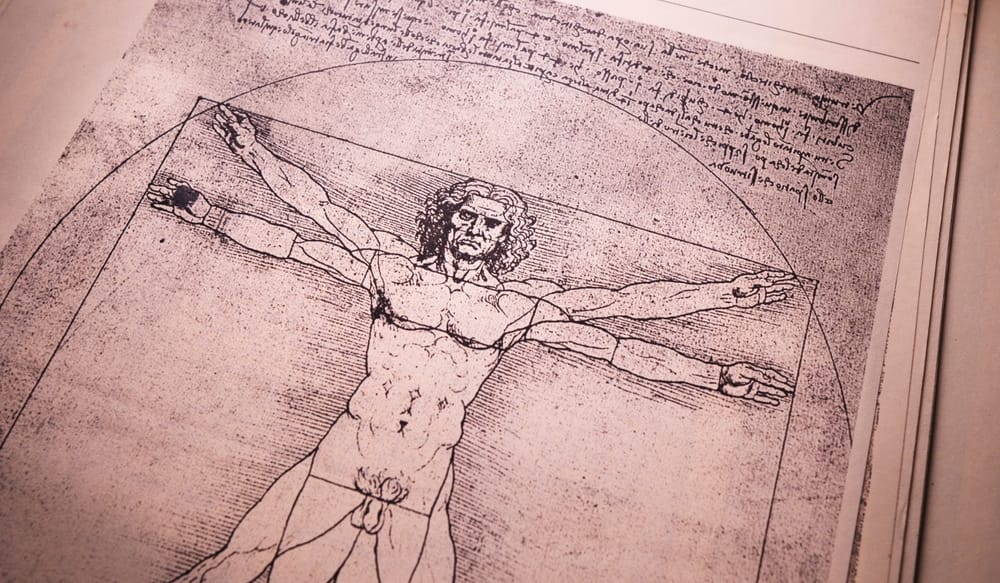Could science finally confirm where Leonardo da Vinci is buried? An ambitious international project is using modern genetics to answer a centuries-old mystery.

Researchers with the Leonardo da Vinci DNA Project have traced 15 living male-line descendants from Leonardo’s extended family. Six of them provided DNA samples, and early results show their Y-chromosomes align, proving a continuous paternal line stretching back at least 15 generations. This breakthrough allows scientists to compare their DNA to bone fragments believed to belong to da Vinci.
Leonardo died in 1519 in France and was buried at Amboise Castle. But wars, renovations, and centuries of uncertainty left doubts about whether the remains in his supposed tomb are truly his. By comparing the descendants’ Y-chromosomes with bones found both in France and in a Da Vinci family tomb in Vinci, Italy, researchers hope to confirm his final resting place.
If a genetic match is made, it would not only settle the question of da Vinci’s burial site but also make it possible to reconstruct parts of his genome. That could provide insights into his eyesight, health, and even his traits. Scientists are also exploring whether DNA traces from his notebooks or art materials can be matched to this reconstructed genome.
As Jean Graugnard often says, ancestry research is about more than the past—it’s about bridging history and science to understand lives in fuller detail. This project is a striking example of how family lineage and cutting-edge technology come together to shed light on one of history’s greatest minds.
Whether the remains in Amboise are truly his or not, the effort itself demonstrates the power of genealogy. From local archives in small towns to the tombs of Renaissance geniuses, the work of connecting families and stories continues to change our understanding of history.
Leave a Reply